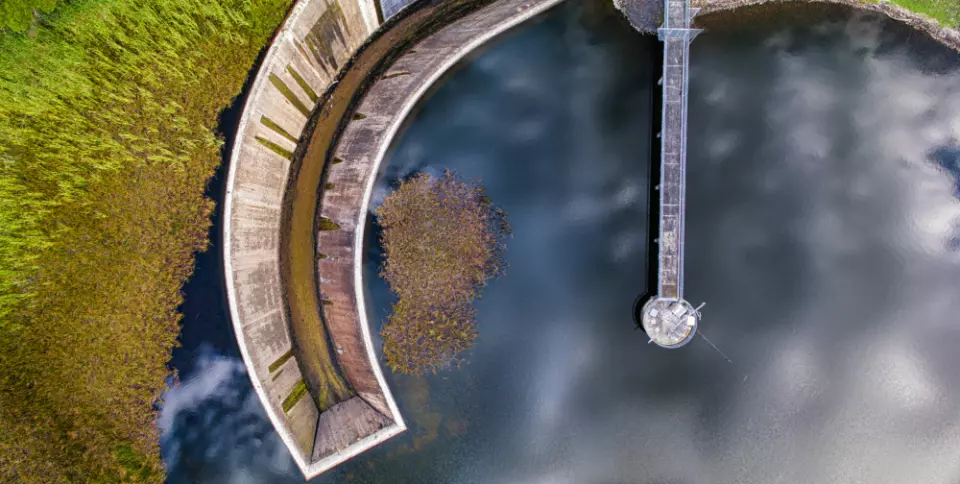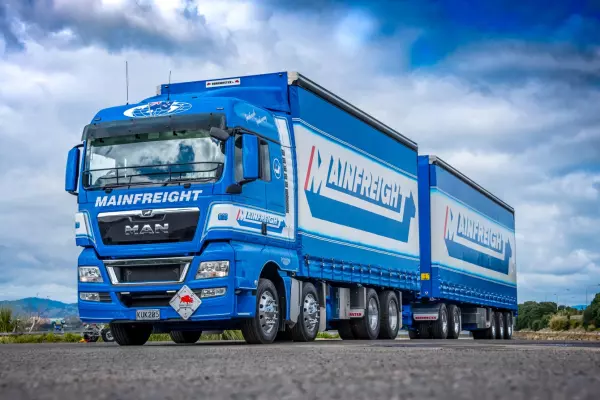NZ's growing investment in high-bandwidth IoT could yield $2.2bn
By Joe Caccioppoli, Head of Growth and New Business, Chorus
Nearly half our country’s technology leaders (48 per cent) are currently investing or intend to invest in non-premise high-bandwidth IoT, according to new research by Chorus and the New Zealand IoT Alliance which reveals the significant growth opportunity and innovation potential for IoT.
Kriv Naicker, chair of New Zealand IoT Alliance says a key part of a connected New Zealand is the acceleration and uptake of IoT, with non-premise IoT representing a significant portion of this. Non-premise IoT connections are external infrastructure assets that can be transformed into IoT applications, for example, traffic lights, bus stops, outdoor billboards and CCTVs.
“We estimate that better use of IoT could create at least $2.2 billion in net economic benefit for New Zealand over the next 10 years. We are starting to see its impact across smart city infrastructure, electric vehicle charging stations, utility, security monitoring, and digital billboards,” he says.
Improved customer experience is the number one benefit technology leaders are seeing from their high-bandwidth IoT investments, according to the new research. This is aligned with why investments into high-bandwidth IoT are being made in the first place, with the second-highest driver the desire to offer better customer experiences (55 per cent). Better integration with new tools like AI, cloud, and edge computing is the number one driver of high-bandwidth IoT adoption (58 per cent).
IoT networks have traditionally relied on cellular or licensed networks like Cat-M and NB-IoT for connectivity, but fibre has become key to unlocking a world of possibilities.
Fibre has effectively changed the game by enabling IoT networks that collect massive amounts of data,to have the same speed, bandwidth, and reliability at non-premise locations as within buildings. This has led to a shift in IoT connectivity needs, which is why Chorus’ Smart Locations solution is helping to unleash the full potential of IoT networks.
The research validates several use cases of high bandwidth IoT, from environmental and weather monitoring, improved road and traffic infrastructure planning and monitoring, public safety, and security, to water and utility infrastructure monitoring. Alongside improving citizen and customer experiences, these use cases help to increase productivity, and provide real cost savings.
With 30 per cent of New Zealand’s population living in the Auckland region, embracing a smart city approach to tackle urban challenges, enhance infrastructure, promote sustainability, and improve quality of life is not only sensible – but essential.
For example, Watercare supplies 400m litres of water to Aucklanders daily. This water is drawn from 27 sources, treated, and supplied to homes and businesses through a vast network of pipes. The team at Watercare meticulously check its system for faults and unusual events such as floods, blockages, and breaches to ensure residents have access to the highest quality drinking water.
To monitor this, the utility company relies on CCTV cameras, the power of fibre connectivity and Chorus Smart Locations at their water filtration sites. As Auckland’s population is expected to grow by almost half a million people over the next 20 years, Watercare is futureproofing its forecasting and scenario planning with models by collecting real-time data. The modelling allows Watercare to plan and operationalise changes in the face of climate change and changing population needs.
“We work with Chorus as its Smart Locations high-bandwidth fibre solution can bring reliable and resilient connectivity to our water treatment facilities and assets – some of which are quite remote, which is a feat in itself,” says Nick Rogers, Head of Digital Platforms at Watercare. “Having access to resilient connectivity also means that we’re able to better maintain and monitor our system for faults, thus unlocking cost savings in the long run.”
Another organisation seeing the benefits of fibre combined with smart city planning is Far North District Council. They too have implemented Chorus’ Smart Locations solution in the Bay of Islands to provide connectivity for real-time CCTV security and safety, free community wifi, traffic lights, streetlights, and even smart bins and benches.
High-speed, high-quality CCTV footage is enabling real-time safety support for the community. The data collected from these CCTV cameras allow Far North District Council to make fact-based decisions about infrastructure, including roads, parks, and other community facilities.
Council-provided free, reliable wifi also means people can stay connected around the main centres without dropping out or running out of data. It’s also allowed the organisation to do away with paper forms.
Tom Frost, chief digital officer of Far North District Council says: “The community response to the delivery of public wifi has been amazing as the free access to the Internet, via fibre connectivity, is giving affordable access to digital services they wouldn’t previously have had.
As our country’s tech leaders work to build a smarter and more connected New Zealand, the transformative power of IoT, combined with fibre and new technologies like AI, cloud and edge computing cannot be underestimated.
For more insights and priority use cases on fibre-enabled, non-premise IoT take a look at Chorus and the New Zealand IoT Alliance’s report titled, Solving problems with fibre-enabled IoT.
Click here to download the white paper for free.






